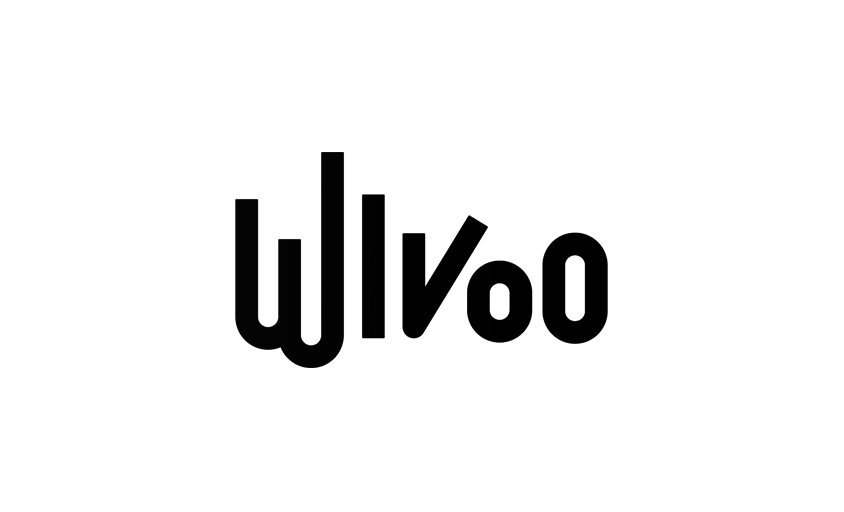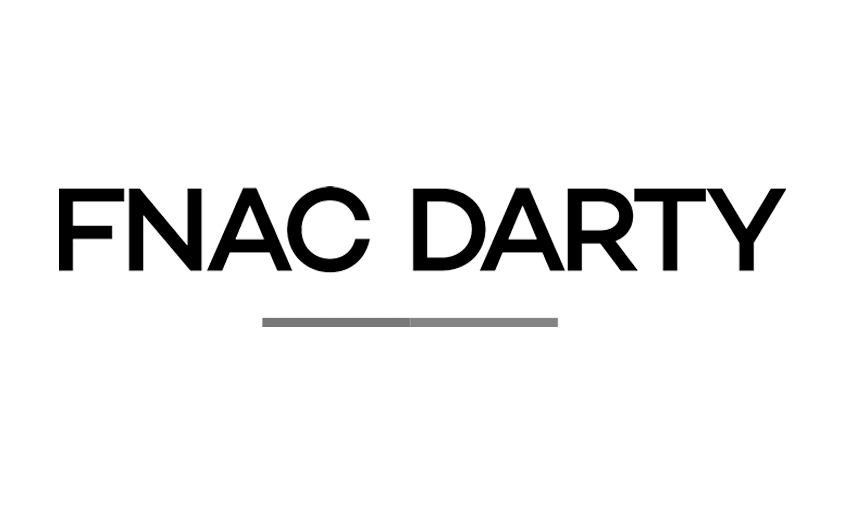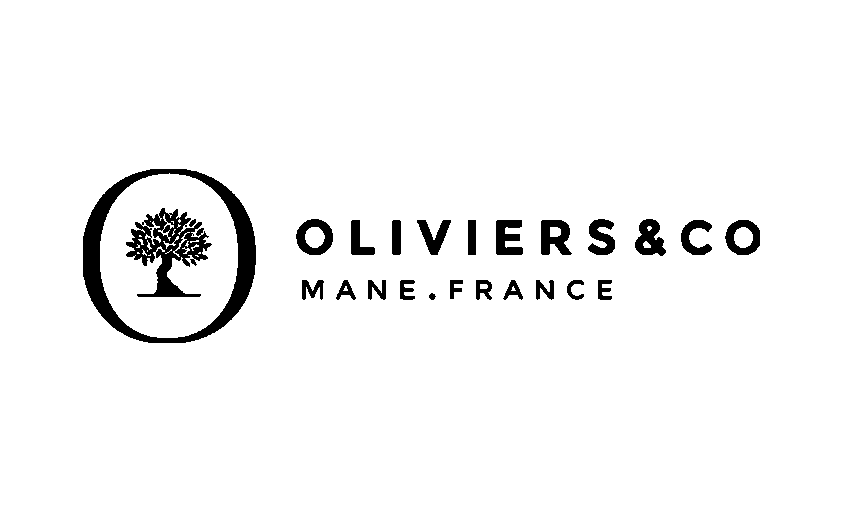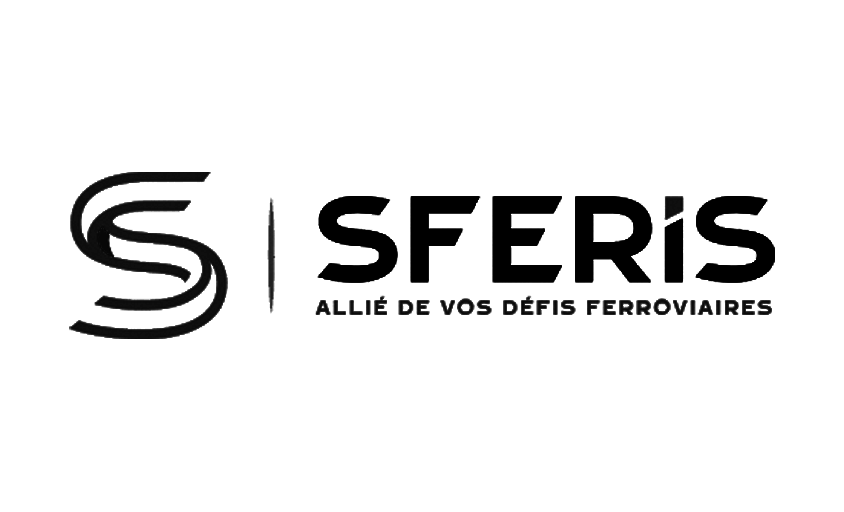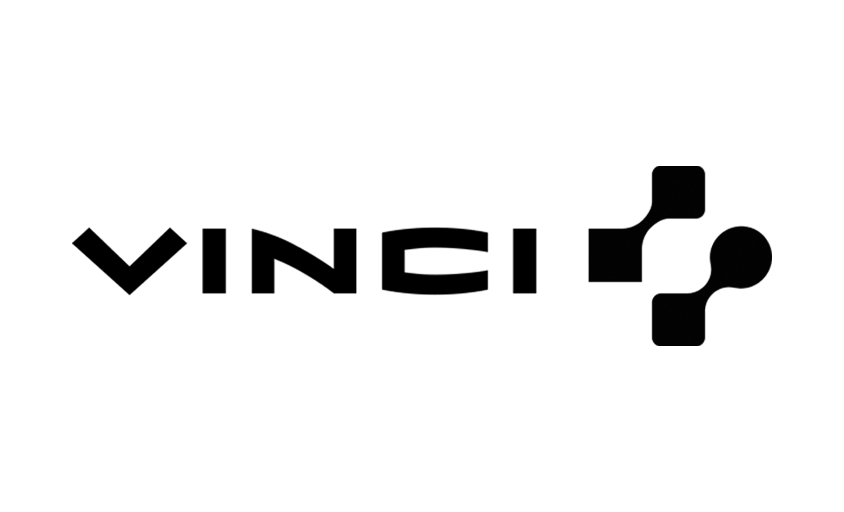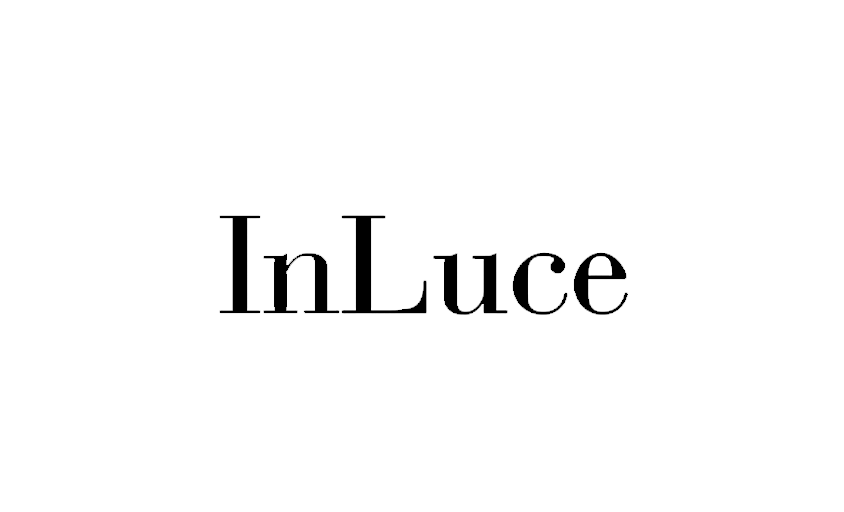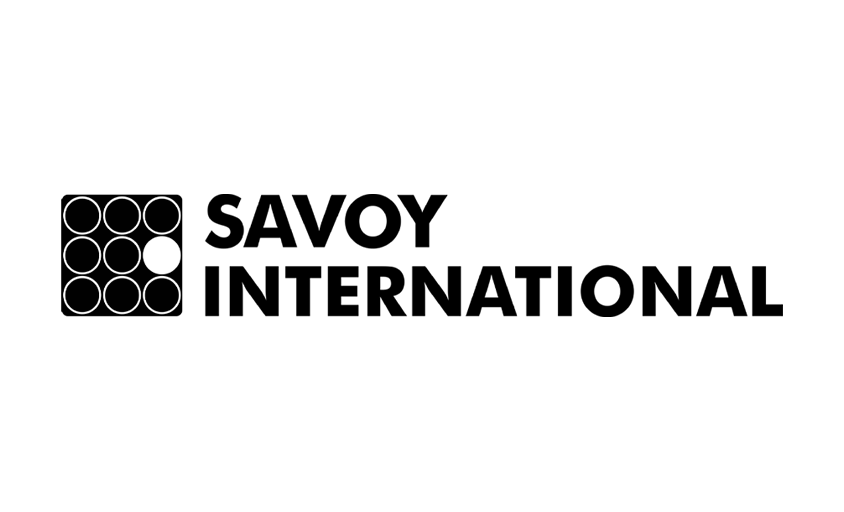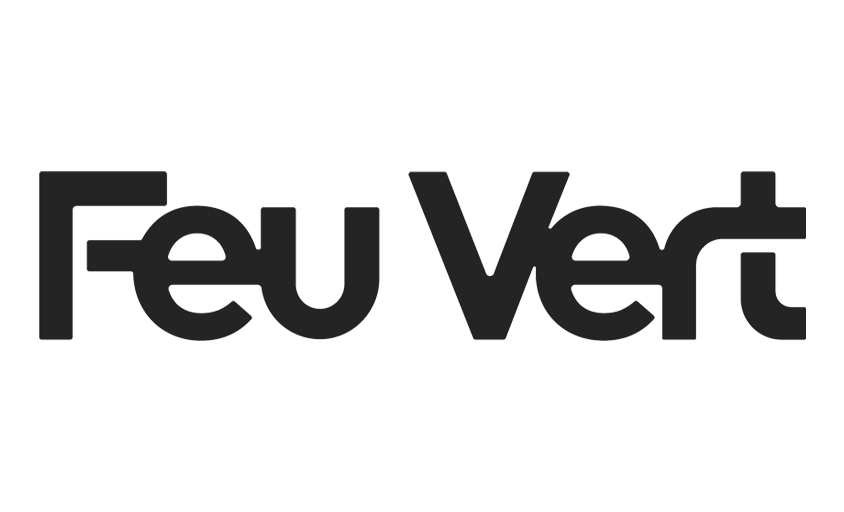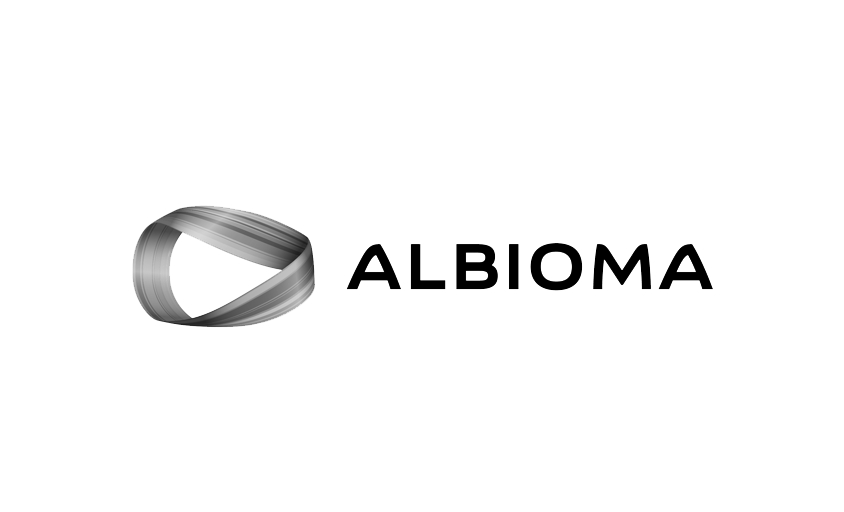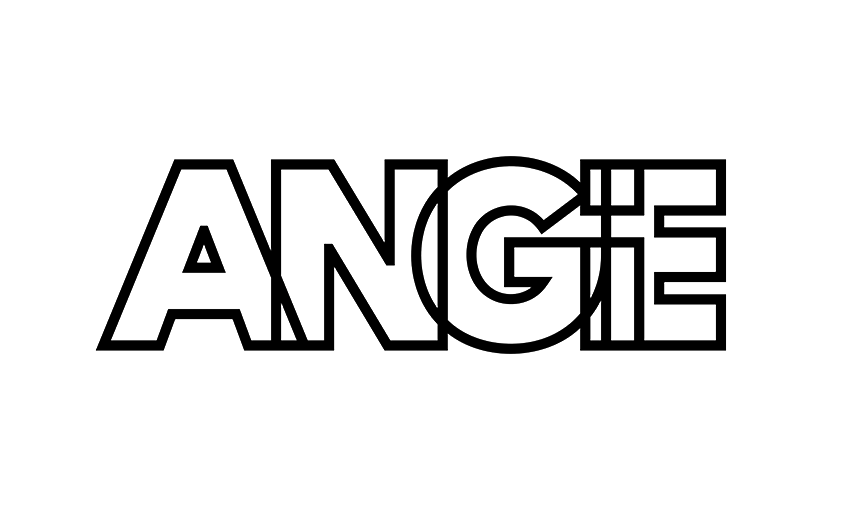How to Brief a Corporate Photographer?
In this article :
Hiring a corporate photographer isn’t just about “booking a photo shoot.” It means planning a precise and thoughtful assignment, often carried out in real-world conditions, with challenges of image, timing, and representation that go far beyond aesthetics. To ensure the photos meet your expectations and support your goals, a clear brief tailored to the photographer’s profession is essential.
To help you prepare, download our free PDF photo brief template specifically designed to effectively frame your corporate photography project.
A photo brief is not a creative brief: it’s a practical field guide.
Unlike an agency, a corporate photographer works directly on-site. They must capture specific moments, adapt to an often uncontrolled environment (premises, lighting, weather, available staff…), while respecting a style and intent. Therefore, the brief must combine strategic vision and practical instructions, without unnecessary jargon.
-
Explain the context and intended use of the images
A good brief starts with a clear explanation of the mission’s context:
- Why these photos? (new website, staff directory, annual report, HR communication…)
- What message or image should be conveyed? (professionalism, innovation, closeness, commitment…)
- Who is the target audience? (clients, investors, candidates, partners…)
This helps the photographer adapt their perspective and approach to align the visuals with your communication.
-
Detail the types of shots expected
The corporate photographer needs an overview of the scope to cover. List the expected formats:
- Individual portraits (studio or on-site? standing or seated? neutral background or real setting?)
- Team / atmosphere photos (meetings, collaborative work, informal breaks…)
- Shots of premises (offices, showroom, reception area…)
- In-action photos (client interactions, job tasks, equipment…)
💡 Don’t hesitate to include some visual examples (from competitors or references you like).
-
Clarify technical constraints
An effective brief includes key technical elements to avoid back-and-forths or oversights:
- Image formats and orientation (landscape, portrait, square, vertical for social media?)
- Resolution / file size (print or web?)
- Background / cutout needed?
- Need for both color + black & white versions?
This helps the photographer anticipate equipment, settings, and post-processing.
-
Anticipate timing and location constraints
Logistical framing is crucial for a successful photo session:
- Date and duration of the mission (allow buffer time for unexpected delays)
- Exact location and access (floor, badge, parking…)
- Lighting conditions (dark offices, skylights?)
- Preferred off-peak hours? (less crowd in open spaces or workshops)
The more conditions are anticipated, the better the photographer can prepare in advance.
-
Brief the people to be photographed (and designate a point of contact)
Corporate photo sessions often involve non-professional subjects. To avoid stress or awkwardness, consider:
- Preparing participants: dress code, posture, estimated duration, consent…
- Designating an on-site contact: who welcomes the photographer, facilitates movement, validates shots in real time?
- Listing people to photograph + role or department: to organize coverage and balance representation.
-
Define the expected visual style
The same portrait can convey authority, approachability, or creativity. The visual style must align with your brand image.
- Do you want posed or natural photos?
- More smiling or serious?
- Natural or studio lighting?
- Raw or retouched? Neutral or saturated colors?
A moodboard or a few image references can be very helpful here.
-
Specify deliverables and validation process
To avoid misunderstandings after the session, be clear from the brief:
- Number of final images expected
- Delivery method (WeTransfer, online gallery, hard drive…)
- Delivery deadline
- Usage rights (internal, external, duration, media…)
- And most importantly, who validates the photos? A short approval loop avoids delays.
What a photographer appreciates in a good brief
✅ Realistic expectations (in terms of results, schedule, and post-production)
✅ A clear vision of the communication intent
✅ Concrete examples rather than vague, subjective statements
✅ Well-structured practical information
✅ Genuine human contact with a dedicated point of contact who oversees the project
In summary
The brief intended for a corporate photographer serves as a technical preparation tool, a creative framework, and a logistical document all in one. It helps prevent unforeseen issues, puts teams at ease, and ensures results that align with your communication goals.
At Rétines, we regularly support companies in preparing their corporate photo briefs to maximize the smoothness of the shoot and the relevance of the delivered visuals. A well-crafted brief is the key to a successful collaboration and results that meet your expectations.
👉 Download our corporate photographer brief template now and prepare your shoot like a pro!
Jérémy Carlo is the editorial director at Rétines, where he ensures the consistency and clarity of all content produced by the studio.
Our Clients
Let’s discuss
What we do for you at Rétines
Meticulous work, an organised project and fast delivery. And to achieve this, we mobilise the right resources in our teams at the right time.
01
Pre-production
Artistic and technical direction tailored to the project.
Relevant recommendations on content, form and resources.
02
Photo Shooting
Photos taken by our experienced photographers.
Production that’s controlled, efficient and tailored to the needs of the project, with nothing superfluous.
03
Retouching
Technique
Photographs magnified by our retouching team.
Post-production to meet the commercial challenges of the brief.

